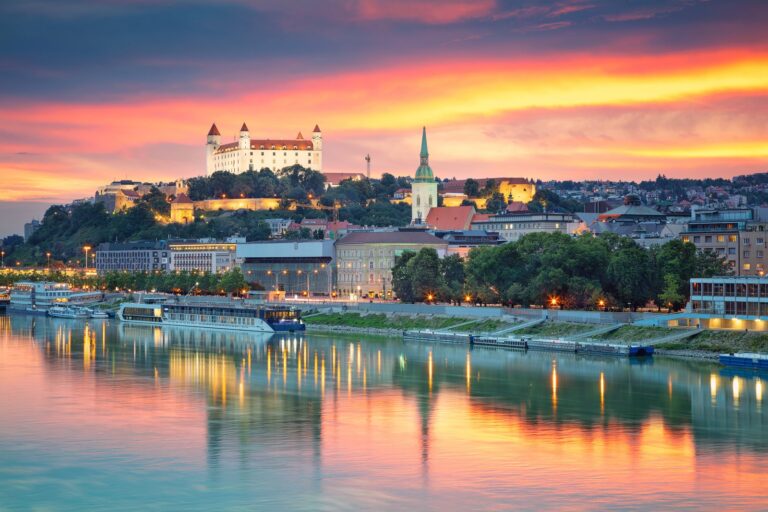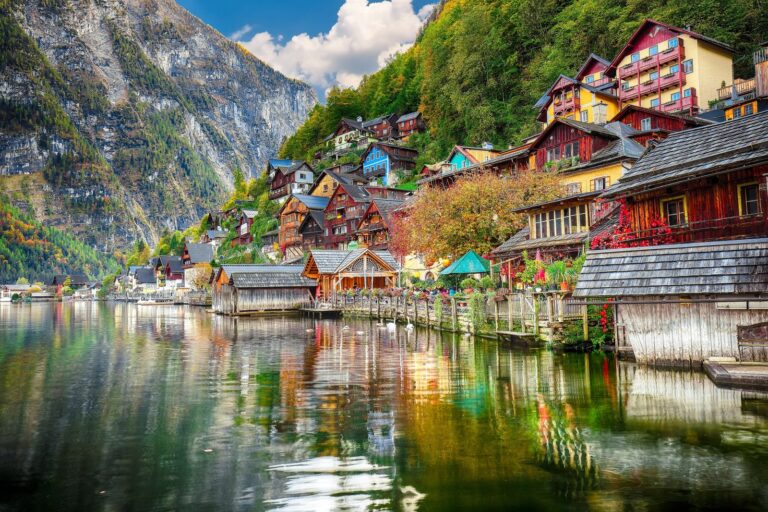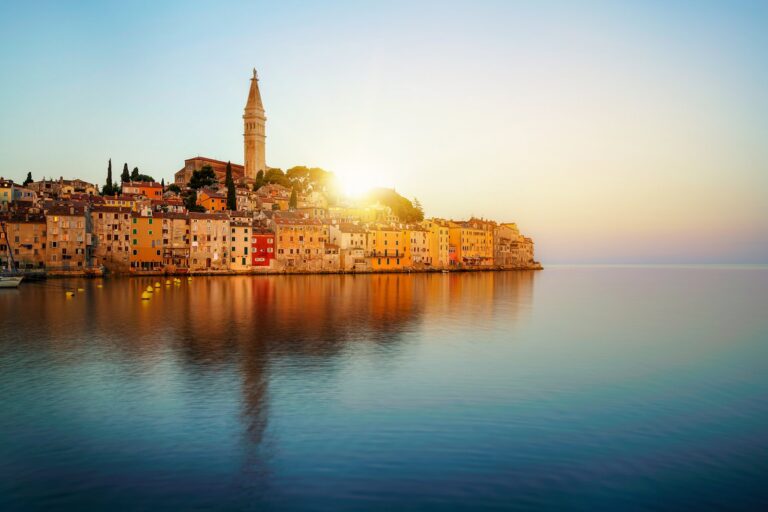Hungary
Discover Hungary.
Hungary wears its history on its sleeve. You can see it as you walk the streets of Budapest, a grand European capital and kaleidoscope of architectural styles from Gothic to neo-renaissance. The country's timeline is long: it started as a Christian kingdom in the Middle Ages, eventually rising to become the Austro-Hungarian Empire in the 18th century. Hungary's once-great geopolitical power may have dimmed, but it hasn’t lost any of its splendor. Indeed, it’s the perfect Central European country to explore and discover.
When is the best time to visit?
If possible, avoid the summer crowds and winter chill, and travel during the shoulder seasons instead: March-May and September-November offer mild temperatures and fewer fellow travelers to contend with. But if you do visit in winter, it will make a dip in Budapest’s famous thermal baths all the more enjoyable (water temps hover in the 90°F/32°C range).
Where should you go?
Budapest is a must-visit. First, there are the capital city's many thermal springs, the biggest of which is the Széchenyi Medicinal Bath. You'll also want to see the late-19th-century Great Market Hall: with three stories to peruse, this is Budapest’s largest market. Here you’ll find everything from fresh produce and cured meats to spices and Hungary’s famous Tokaji sweet wines. The 100-year-old Parliament Building is another gem and features 609 rooms.
You can also head out of the capital and enjoy the postcard villages of Tihany and Tapolca. Outdoors enthusiasts should travel to Bükk National Park, located in the northeast of the country—it has limestone cliffs and a network of over 1,000 caves and archeological sites.
How many days do you need?
If you base yourself in Budapest you should be able to enjoy a comprehensive Hungarian holiday in seven days or less. It’s only a two-hour drive from Budapest to the northeast and Bükk National Park—this is a small gem of a country that makes a perfect trip for travelers with limited time.








